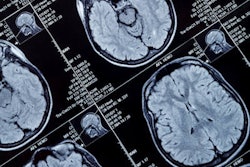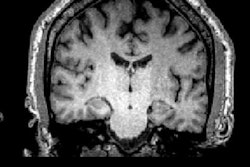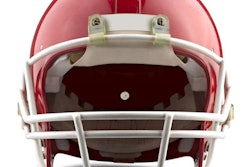
Professional football players can develop heart abnormalities years after retiring from the sport, according to research using echocardiography to be presented at the upcoming American College of Cardiology (ACC) meeting March 16 to 18 in New Orleans.
Researchers from Tulane University School of Medicine in New Orleans used echocardiography data to find that former National Football League (NFL) players, particularly men with larger body sizes, developed heart abnormalities associated with high blood pressure decades after retiring.
The study is the first to explore how athletes' body type and training style -- strength versus endurance training -- affects their hearts later in life, said lead author Genevieve Smith, PhD, in a statement released by the university. The study was funded by the NFL Player Care Foundation.
"Because of their years of athletic training at the most elite level, there tends to be an expectation that former professional players would have fewer cardiovascular issues, but there's a growing body of research that suggests that's not the case," Smith said.
Athletes' hearts can change in shape and size in response to the athletic training they receive. One of these changes is left ventricular hypertrophy (LVH), an increase in the thickness of the wall of the heart's left ventricle.
LVH is not considered harmful when it develops as a result of athletic training, but in the general population, it can develop as the result of high blood pressure and is associated with an increased risk of heart disease, Smith and colleagues noted.
To parse the effect of heart changes due to athletic training from those due to high blood pressure, Smith's group evaluated echocardiograms, heart images, blood pressure measurements, and demographic factors in 1,172 former NFL players. The group found the following:
- About 12% of players had LVH, a rate comparable to that found in the general public.
- The condition was linked to an increased rate of hypertension, a key risk factor for cardiovascular disease.
- Former players with severe LVH had higher blood pressure, by about 13 mmHg on average, than those without the condition.
- Former players with hypertension were 1.5 times more likely to have LVH than those without hypertension.
The researchers suspect that the type of LVH could offer insight into whether heart abnormalities later in life in NFL players are due to high blood pressure or the changes in the heart resulting from athletic training. Concentric LVH consists of a thicker, larger left ventricle wall but a normal chamber; with eccentric LVH, both the left ventricle wall and the chamber are enlarged, the group noted.
"It is likely that younger players have eccentric left ventricular hypertrophy as a result of their training, while older players have concentric left ventricular hypertrophy as a result of uncontrolled hypertension," Smith said.
The group also found that player position was associated with the likelihood of developing LVH, with positions that emphasize strength-based training and large body size -- including linemen, fullbacks, running backs, linebackers, quarterbacks, and tight ends – being more vulnerable to the condition than those that rely on skill and speed.
"The findings underscore the need for former players and their doctors to keep an eye on any cardiovascular risk factors and work to keep blood pressure in a healthy range," Smith concluded.



















